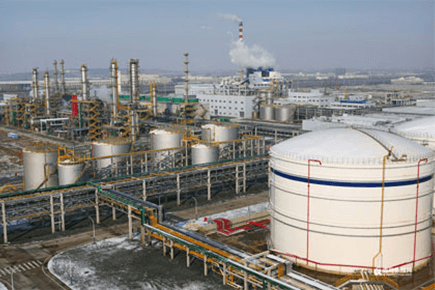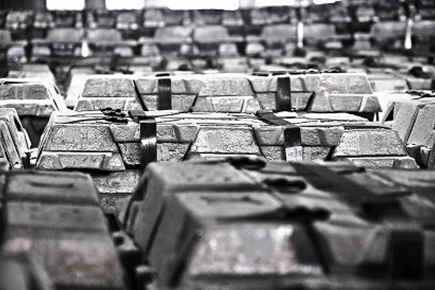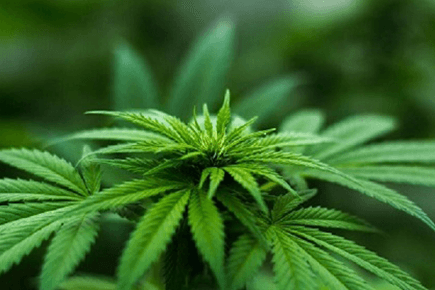
Recovery of Copper and Vanadium Catalysts in Adipic Acid Production
1. Copper and vanadium catalysts in adipic acid production
Adipic acid is an important chemical raw material, mainly producing nylon 66. The production of adipic acid is mainly based on copper & vanadium as a catalyst, through oxidation of cyclohexanol with nitric acid to form adipic acid, and purification by crystallization to obtain adipic acid. Copper can inhibit the decomposition of intermediates at high temperatures, and vanadium can speed up the conversion of intermediates to adipic acid. Therefore, controlling the ion concentration of copper and vanadium in nitric acid has a great influence on the yield of adipic acid. Generally, the Cu2+ content is 0.31-0.33%, and the VO2+ content is 190-210 mg/kg. The deviation of the copper & vanadium content from the normal value will seriously affect the yield. Copper & vanadium catalysts are expensive and spend large amounts of money, so recycling is necessary.
2. Advantages of the resin method
The ion exchange resin method is very suitable for recovering a small amount of a substance in a solution. Since both copper and vanadium are present in a cationic form, a cation exchange resin is selected. However, conventional cation exchange resins are not suitable due to the strong oxidizing properties of nitric acid.
Sunresin has developed a special resin for the strong oxidation system of nitric acid, which greatly reduces the damage to the resin. The resin still maintains stable adsorption under strong nitric acid conditions.
Ion exchange is a reversible process. The concentration of nitric acid in the solution directly affects the extraction of copper and vanadium by the resin. When extraction, the concentration of hydrogen ions should not be too high. When recovery, the copper and vanadium can be exchanged with nitric acid, which has been recycled.
3. Sunresin Recovery technique of copper and vanadium catalysts
The copper & vanadium adsorption line can be either fixed bed technology or simulated moving bed technology. The fixed bed is generally multi-stage recycled to achieve continuous production.
In our case, the output copper content can be controlled below 0.022%, and the vanadium is controlled at 50 mg/kg. So, there is only 0.05 kg of copperand 0.021 kg of vanadium for producing one ton adipic acid, effectively reducing the cost.
If you are a producer of Adipic acid and want to reduce costs of catalyst, contact Sunresin.
_1698383892_WNo_450d300.webp)

















